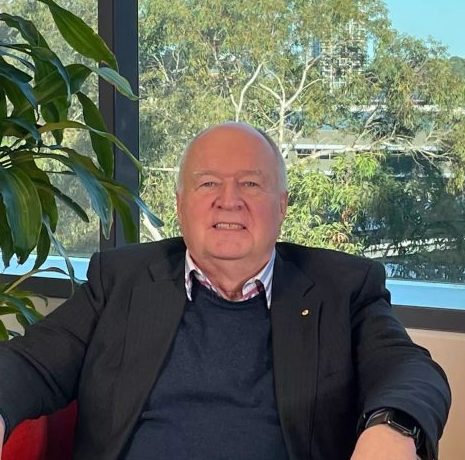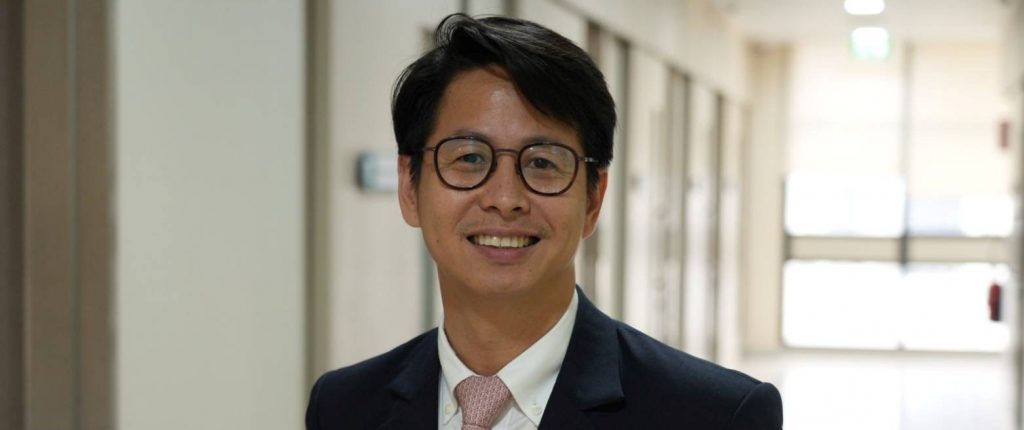Q3: What is new for digital health in HF management from ESC 2020?
There has been a lot of interest in digital health, and I think one of the explanations is very practical – we are now forced to do much more telemedicine than we did before because of the COVID-19 crisis. Many outpatient visits have been called off, many hospital cares are being called off, but we are still trying to reach out to patients and there are means to do so. This can be a simple telephone call or video conferencing – there are a number of devices and apps that are available.
I think digital health or telehealth or telemedicine has never grown to full maturity because there was really no need and some of us are a little bit reluctant to use this new technique, so this crisis to some extent, has really propelled our willingness to embrace the modalities that we have.
Q3 (a): What are the critical success factors or learnings for remote monitoring programs for HF?
If you think about critical success factors, one of them is the willingness to embrace it. I think we are there now, we have to see. I am optimistic that at some point, COVID-19 will be out of this world or at least it will be managed properly, and then we have to see what sticks. But I think the changes that we have seen now, in this relatively short time span, show the likelihood that telemedicine is here to stay.
Another critical success factor, and that’s something that we really have to work on, is that we have to come up with better science. Right now, many of the programmes or devices are still driven by technology. To put it simply, there’s a new technology, and then there’s always people out that say “let’s use it”, and that’s great. But I think we have to probably regard them a little bit as we do with pharmacotherapy. It means to come up with a solid scientific state of the art, a solid scientific research question – think of a trial or a research.
Q3 (b): What are the next steps for digital/remote patient monitoring for HF?
Design a research that is reasonable, that is methodologically rigid and show what the technology really adds to the mix. That is something quite often, still missing by new technologies. I think we are also getting to a stage in which that aspect is becoming really important because some people say, “well, we have been hearing about new technologies now for 20 years, but now I want to see solid data convincing me I really have to use it”, and I think there is some truth in it. So, companies that produce such devices, software companies that write beautiful apps or software we may use, I think there’s a call to action for them to come up with data to persuade the medical community. There was a lot of interest in digital and remote monitoring in heart failure during the ESC 2020, and these were the typical things that came up.


















